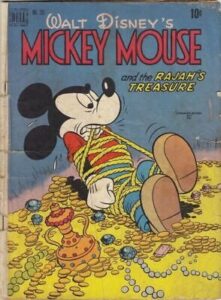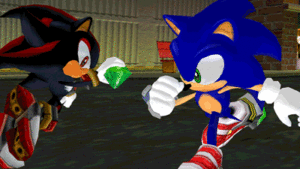The Mansions of the Gods (1971)

The Mansions of the Gods Review
The Mansions of the Gods is the seventeenth volume of the Asterix comic strip series that was written by Rene Goscinny and illustrated by Albert Uderzo. It was published in 1971 and it is an absolute masterpiece.
Caesar employs an architect to build a modern housing estate in the forests of Gaul. Then, when Romans arrive to live there, they put the village at risk, so it is up to Asterix and Obelix to get rid of them and restore the natural balance. This is the best Asterix story after ‘Asterix and the Cauldron’. It is just as sophisticated as that entry and it’s hard to imagine children grasping the many great ideas behind this clever story.
In a nutshell, this is all about rapid urbanization and all the negative aspects that it entails. When the Romans arrive to the Gaulish village, suddenly the economy erupts within the village, but that leads to huge competition, which eventually collapses the smaller businesses. The comic very truthfully depicted how small town tourism works. The characterization is also superb here. Asterix has rarely been smarter than he was in this installment and his plan worked out in a hilarious fashion. Even Obelix was brighter than is usual for him.
All the little moments when tourism boomed in the village were so funny and then how they got rid of the Romans was also wonderfully scripted. But the highlight came toward the end when Getafix hinted to Asterix that time is running out for them and that eventually Romans will invade them successfully. The passage of time is one of the major themes in this work and this sequence is the deepest and darkest in the entire run so far. It just goes to show how tonally diverse this comic book series really is.
In terms of the humor, Caesar stole the show. Him talking in third person when speaking about himself was hilarious and some of the best jokes centered around that concept. Dogmatix was also very amusing and endearing when he cried about the trees being taken down. The architect character needed more development, but overall most characters got their moments to shine here. The illustrations are as gorgeous as ever with so many wonderful details depicted, including an entire panel with the plan of the estate showcased in meticulous detail. The backgrounds are stunning and the dialogue is consistently superb.







